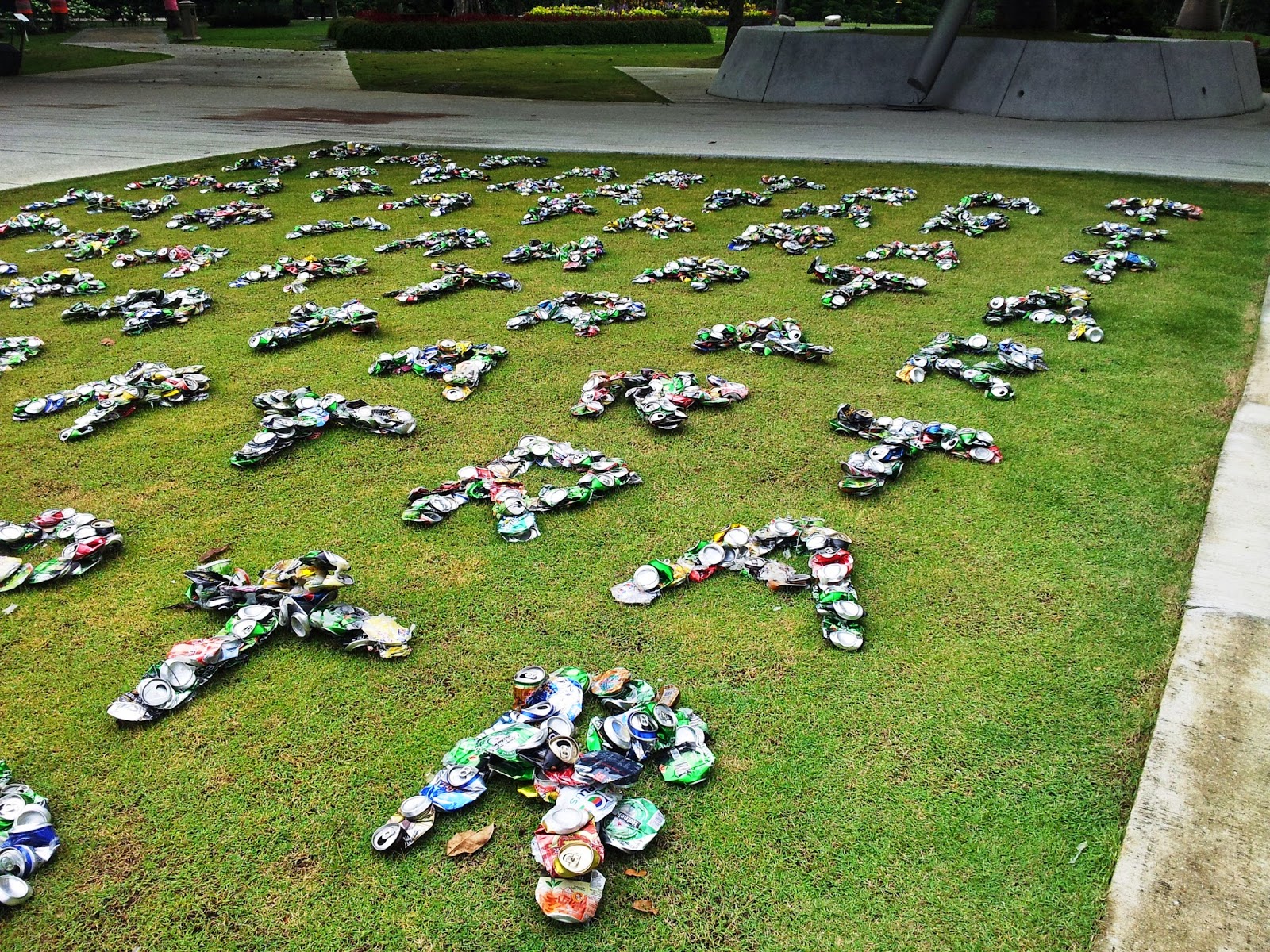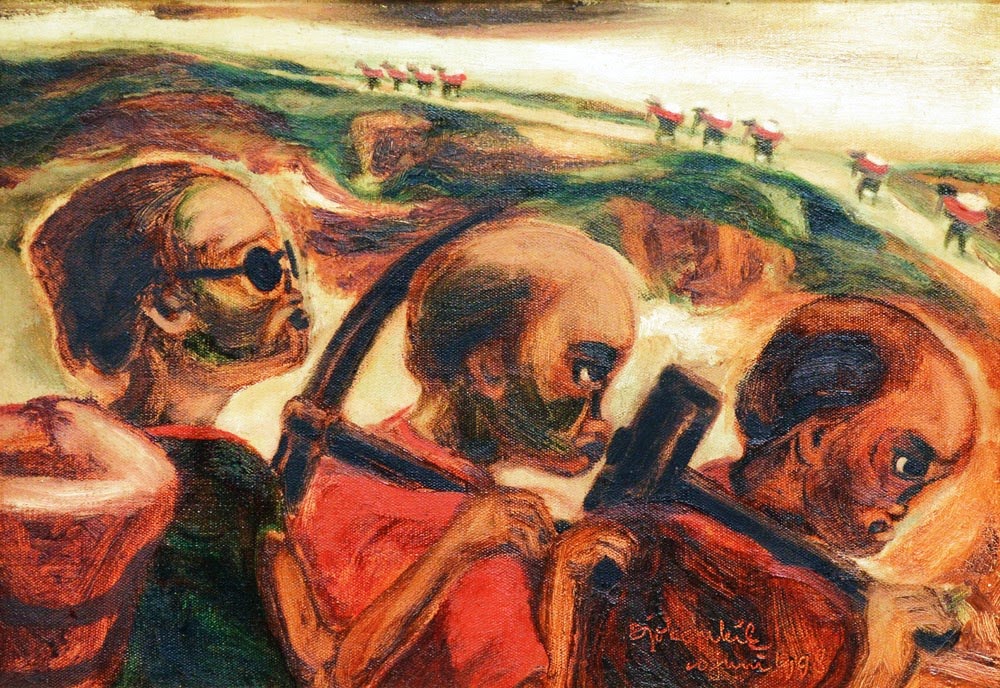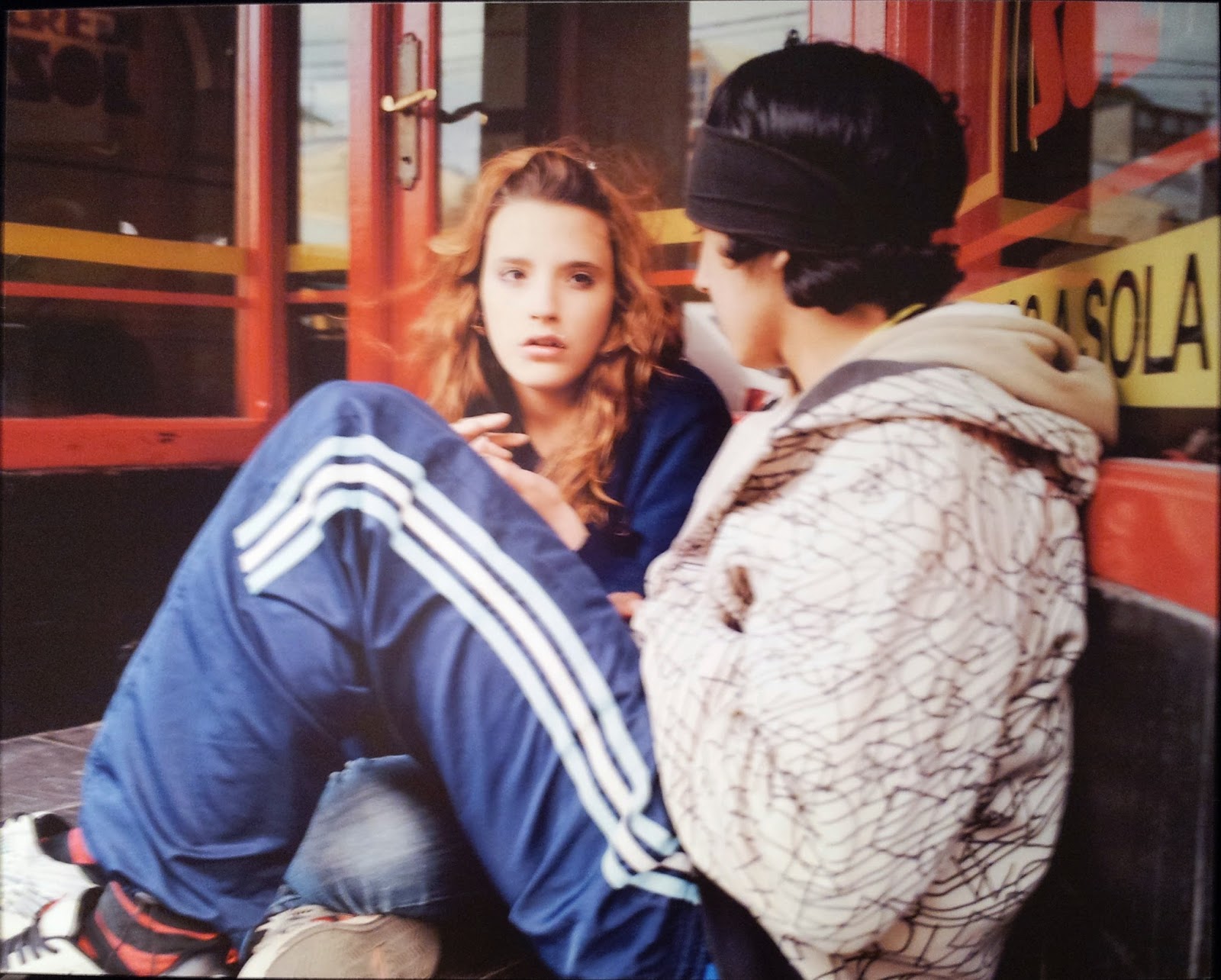Art in the Park 2014 @ Perdana Botanical Gardens

While still tackling issues like flash floods and homeless persons, the Kuala Lumpur City Hall demonstrates a recent progressive streak having initiated car-free Sunday mornings and supported the development of a KL bicycle map, then now endorsing a public art event at the former Taman Tasik Perdana. The inaugural Art in the Park festival’s detached objectives include “…to create a new cultural experience (…) and highlight Kuala Lumpur as Asia’s green capital and creative city”. Driving past the ASEAN Sculpture Garden amidst heavy traffic, and braving the drizzle after a hazy afternoon, the serene lake and its surrounding greenery prove immensely refreshing upon my visit. Approaching the park’s beautiful new canopy , aesthetic calm is interrupted by one 25-foot tall tower, and crushed tin cans littered on the grass beside it. Installation view of Tey Beng Tze (FINDARS) - Rat in the Park (2014) The former structure by Multhalib Musa stands as a symbol of solidarity with Pale

